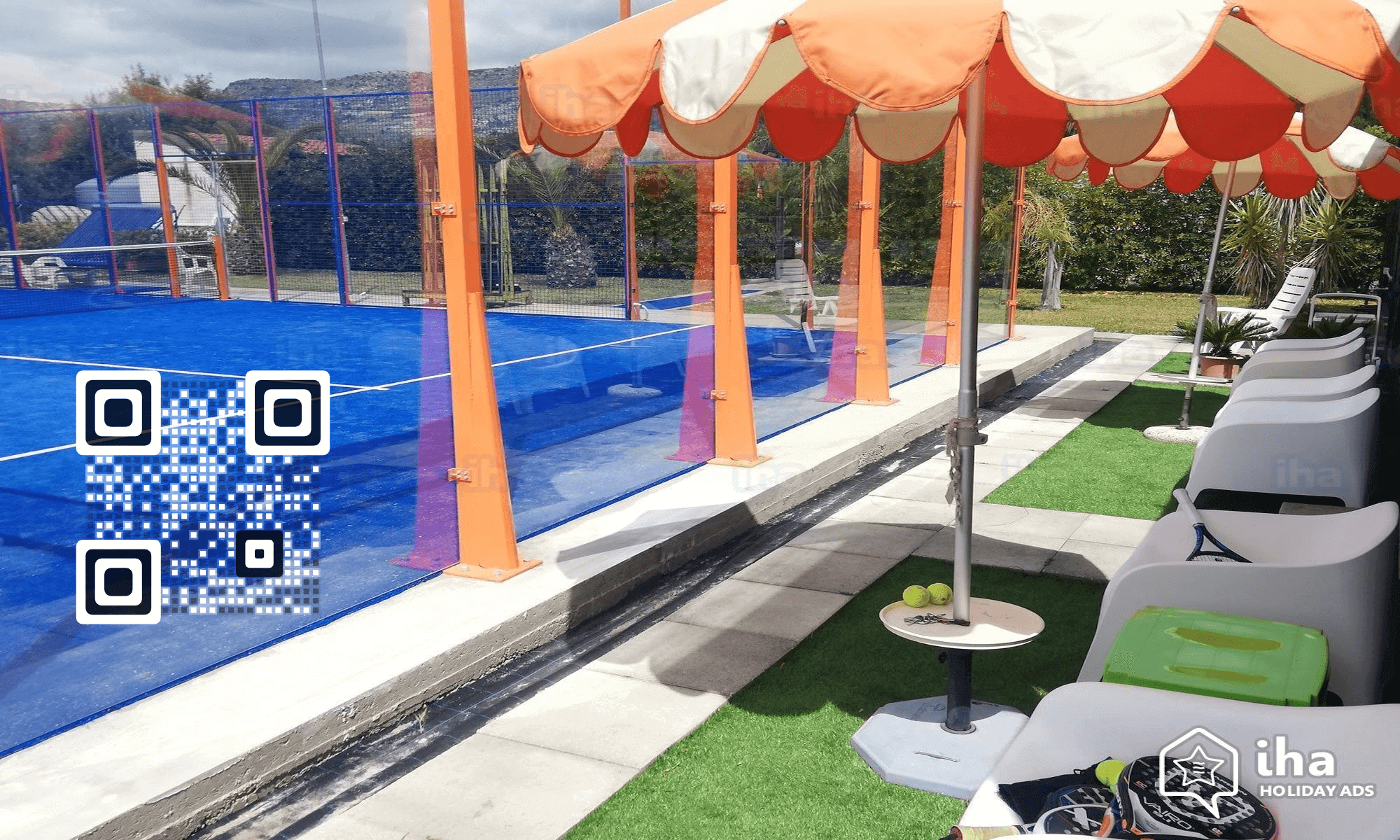Leisure centres are meant to rejuvenate or relax a visitor. They have a range of facilities such as swimming pool, gymnasium, aerobics studio, and cafetaria.
The concept is very popular in countries such as Australia, United States, Singapore, and Canada. The centres help visitors break through the monotony of everyday life.
Hence, it is important to keep the visitors engaged. And leisure centres need to constantly look for ways to keep them entertained.
Plus, in facilities such as gymnasium, injury due to mishandling of the gym equipment is very common. So, how to avoid such mishaps?
Moreover, it is important to allow only authorized entries. And membership cards can be easily duplicated. This puts the centre’s security at stake. So, how to authenticate entries?
The best part is that there is a solution to all the challenges mentioned above. Leisure centres can incorporate QR Code technology to make their processes better.
You all must have seen a QR Code on product packaging. Or you must have scanned one to make a payment. These 2D barcodes have become very popular, thanks to the increased smartphone penetration and high internet speed.
In this article, we will show you the use of QR Codes in leisure facilities. That is, how they can both provide engagement and security to visitors.
Keep reading.
A. QR Codes: A brief
QR Codes are advanced barcodes. They can be scanned via a smartphone to access the content within. And hence industries such as tourism, engineering, utilities, and entertainment are using it to optimize their processes.
The best part of a QR Code is that you can link unlimited information. That is you can link a website URL, text, video clip, and an audio file to a QR Code.
Plus, QR Codes occupy very little space. Hence you can place it on an equipment as small as resistance bands used in gyms.
Besides, QR Codes have an advanced type known as Dynamic QR Codes. The content in these QR Codes can be edited anytime. Plus, you can also track their scanning activity and get useful analytical data.
Also, you can design a QR Code. And make it look totally branded. You can add a logo, background color, and a background image to make it a point-of-engagement.
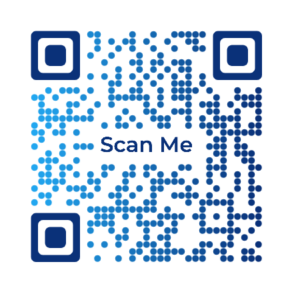
And here is another advantage. QR Codes can resist damage upto 30%. That is, even after slight wear-and-tear, they retain their scanning capabilities.
Now, let’s move ahead to see some of the use cases of QR Codes in leisure centres.
B. QR Code use cases
Leisure centres across the world are already using QR Codes. Here is a list of use cases of QR Codes in the industry. Plus, we have also recommended more ways you can use QR Codes to engage better with your guests.
1. To provide useful videos
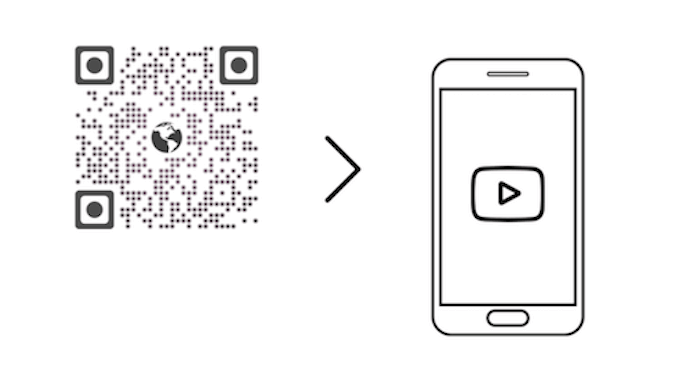
Leisure facilities such as gymnasium are using QR Codes which link to helpful videos. You can simply link the QR Code to a tutorial video. And place it on each equipment in your gym. Upon scanning, the visitor can see how a particular fitness equipment works.
The visitors will be able to access on-the-spot training. And hence the cases of a mishap or injury due to lack of knowledge about the gym equipment will decrease.
For example, a fitness company in London, Weightplan, has placed QR Codes on different fitness machines in several gyms. It has termed these Codes as ‘gymcodes’.
When the members of the gym scan the QR Code, it displays a video to show how to use that specific equipment. For instance, to know how to use a treadmill, the members can simply scan the code on it.
In fact, here’s also a detailed guide on how exactly QR Codes can be used for fitness.
2. To give detailed information
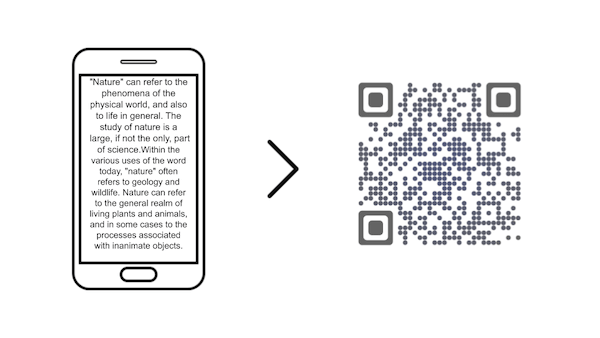
You can use QR Codes in leisure facilities to provide detailed information.
You know that QR Codes can link unlimited information. Hence you can link safety measures, guidelines, precautions, and anecdotes in a QR Code. The best is that you do not have to worry about the issue of limited space.
Besides, you can provide useful information about the product/equipment that the visitors are using. For example, you can place a QR Code near a table tennis hall. Here, you can link details such as game rules or give information about the history of table tennis.
Here is a use case. Places Leisure, a leisure centre in Camberley, Hampshire uses QR Code technology for it’s gym equipment. The aim of the centre is to provide digital coaching.
QR Codes are placed on every fitness machine. Upon scanning, the visitors can know more information on the machine technique. Plus, they can also get suggested workouts.
3. To increase app downloads
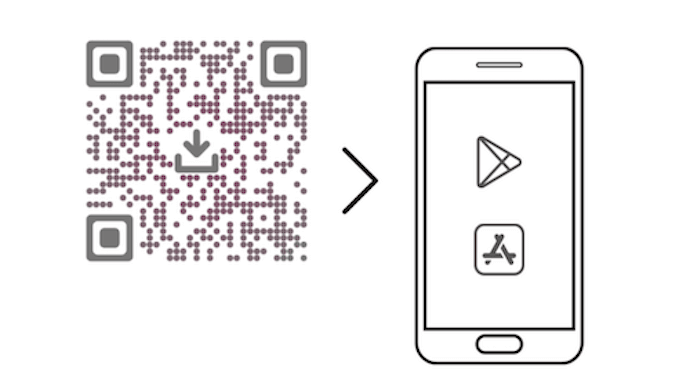
Many leisure centres also have their own apps. The usual way of promoting through print media marketing is by giving the app link on promotional material such as flyers or brochures.
But only a few people actually make the effort of typing the link in their mobile browser to install the app.
To make the task easier, you can encode your app link into a QR code using a QR code for app link And then print this QR Code on print media creatives. Also, write a simple CTA element such as ‘scan to download app’.
End users simply need to scan the QR Code to download the app. Since the whole process becomes effortless, the number of app downloads will increase.
For example, Leisure At Cheltenham is a popular leisure centre in Cheltenham, United Kingdom. The centre uses QR Codes on both online and offline media to promote it’s app.
4. To keep track of your activity
Leisure centres across the globe are using QR Codes to help members track their fitness activity.
For example, Xcel Leisure Complex in England uses QR Codes for this purpose. The centre has a QR Code-based app known as My Wellness app. Using the app, one can scan the QR Code placed on each gym equipment.
Upon scanning, the equipment will automatically set up with the member’s programme. And her/his results will be tracked on their My Wellness account.
Similarly, Places Leisure, Hampshire uses a QR Code-based app known as Places locker app. With this app, members can track their swim, sports sessions, and individual gym exercises all in one place.
All they need to do is a quick scan of the QR Codes on the equipment using the app to easily log each exercise.
5. To increase website traffic

You obviously want more-and-more people to visit your website. And know more about you.
So say you use print media to promote your website. Here, on the promotional material you simply give your website link.
But not many people bother to manually type the link and visit the website. This leads to low traffic on your website.
In order to curb this challenge, you can simply create Website URL QR Code. This QR Code, when scanned redirects end users to your website.
With a Dynamic Website URL QR Code, you can also check the number of scans. And get analytical data such as the district, city, country, browser, and device from which the QR Code was scanned.
Since visiting your website now becomes easier, the traffic will automatically increase.
In a similar way, you can also increase social media followers. This can be done by creating a social media QR Code.
6. To authenticate member entry
You only want authorized entries in your premises. Your main aim is to ensure members’ security.
For this, you issue a member identity card. But as mentioned earlier, it can easily be duplicated. Many leisure centres also use biometric authentication. Yet this method incurs a lot of equipment and maintenance cost.
One optimal way to authenticate entries is by using a QR Code. You can simply link the QR Code to the contact details of the member. And print it on their membership card. Upon scanning, you can verify the identity of the cardholder.
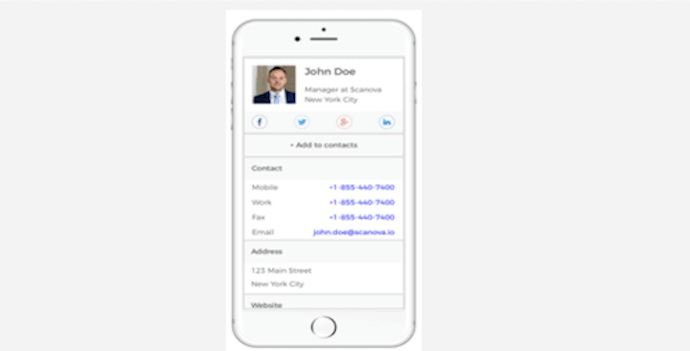
You do not need any cost-intensive set up for this too. This is because QR Codes can easily be scanned via a smartphone.
Plus, say your leisure centre is organising an event such as a special yoga session. And your main aim will be to secure event entry. Hence, you would want to issue tickets, which are hard to duplicate.
With QR Code-based event tickets, you can ensure secure entry. Upon scanning the QR Code with a dedicated app, you can know whether the ticket is genuine or not.
7. To get quick feedback
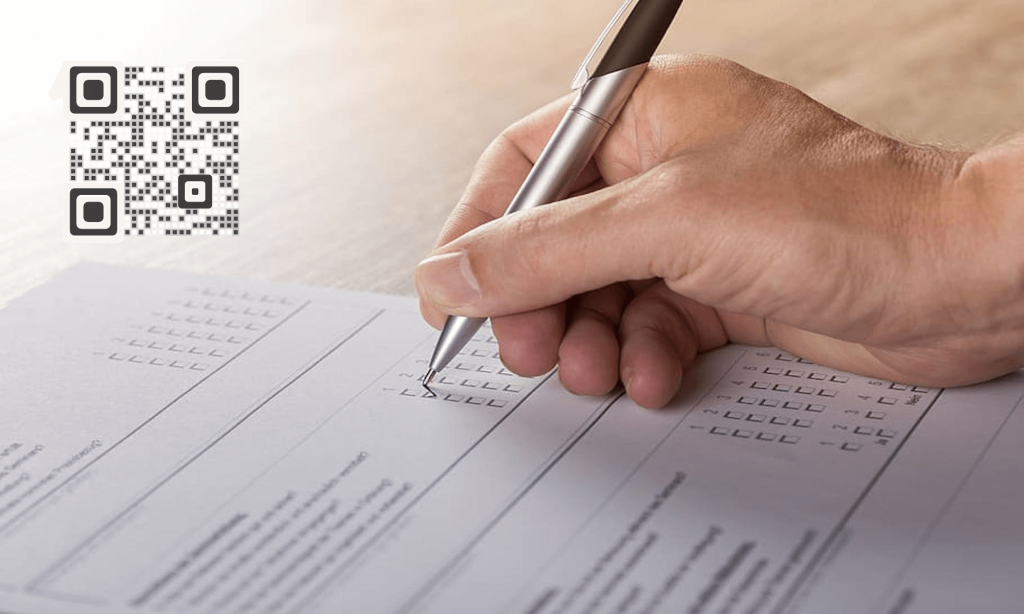
Feedbacks are important as they help you to make your processes better. And hence, you obviously want visitors to your leisure centre to give a review of the services.
The conventional way to get feedback is to distribute feedback forms. But this requires a lot of printing cost and paper consumption.
One sustainable solution is to create a Google Form. And then encode the link of this form in a QR Code. You can then print and place this QR Code on a glass holder on the main desk.
Upon scanning the QR Code, visitors will be directed to the feedback form. Here, they can give their review easily.
So, these were some of the use cases of QR Codes in leisure centres.
Now, to create a QR Code, you need a professional QR Code generator tool such as Scanova. Here, you can sign up for a 14-day free trial. And then go ahead to choose the category of QR Code which is relevant to you.
So, this is all you need to know about QR Codes in leisure facilities. Create QR Codes now to make your leisure centre more customer/member friendly.
[cta1 caption=”Create a QR Code to increase efficiency” content=”Create a visually-appealing and dynamic QR Code for your use case” buttontext=”Create QR Code now” destination=”https://scanova.io/design-qr-code-generator.html?utm_source=smb_sd_qr-codes-in-leisure_facilities_bod&utm_medium=blog&utm_campaign=content#/chooseqr/” image=”https://scanova.io/blog/wp-content/uploads/2016/12/qrcode-8.png”]